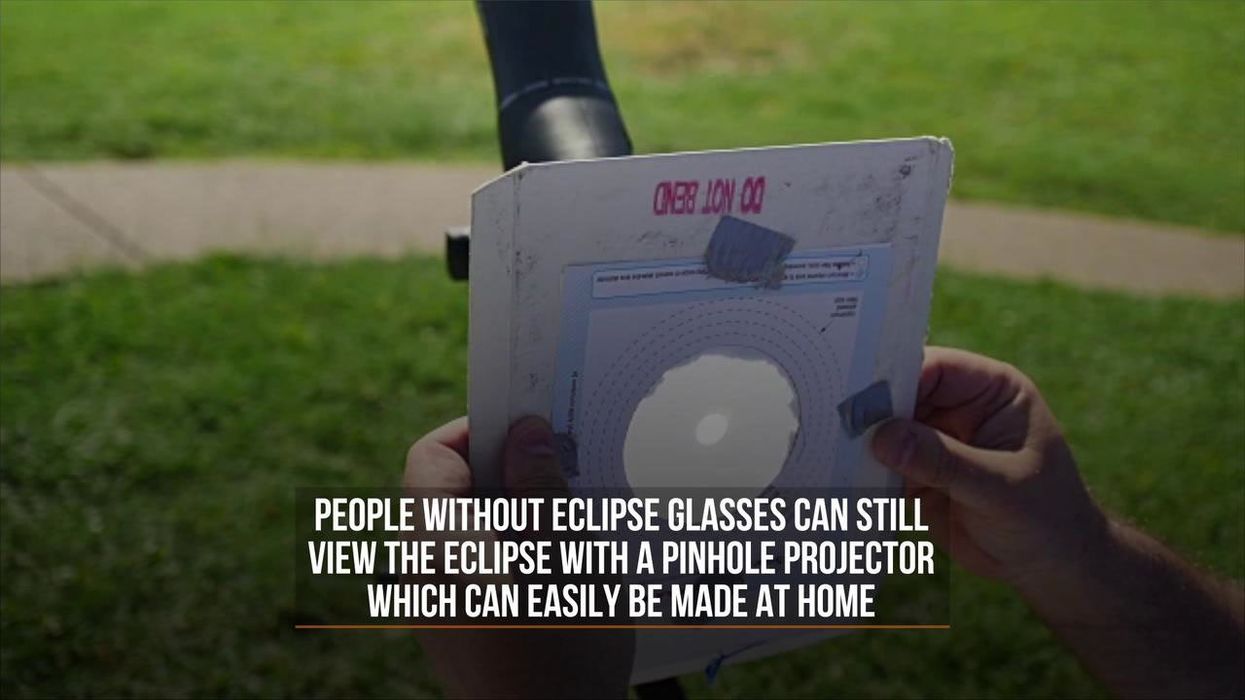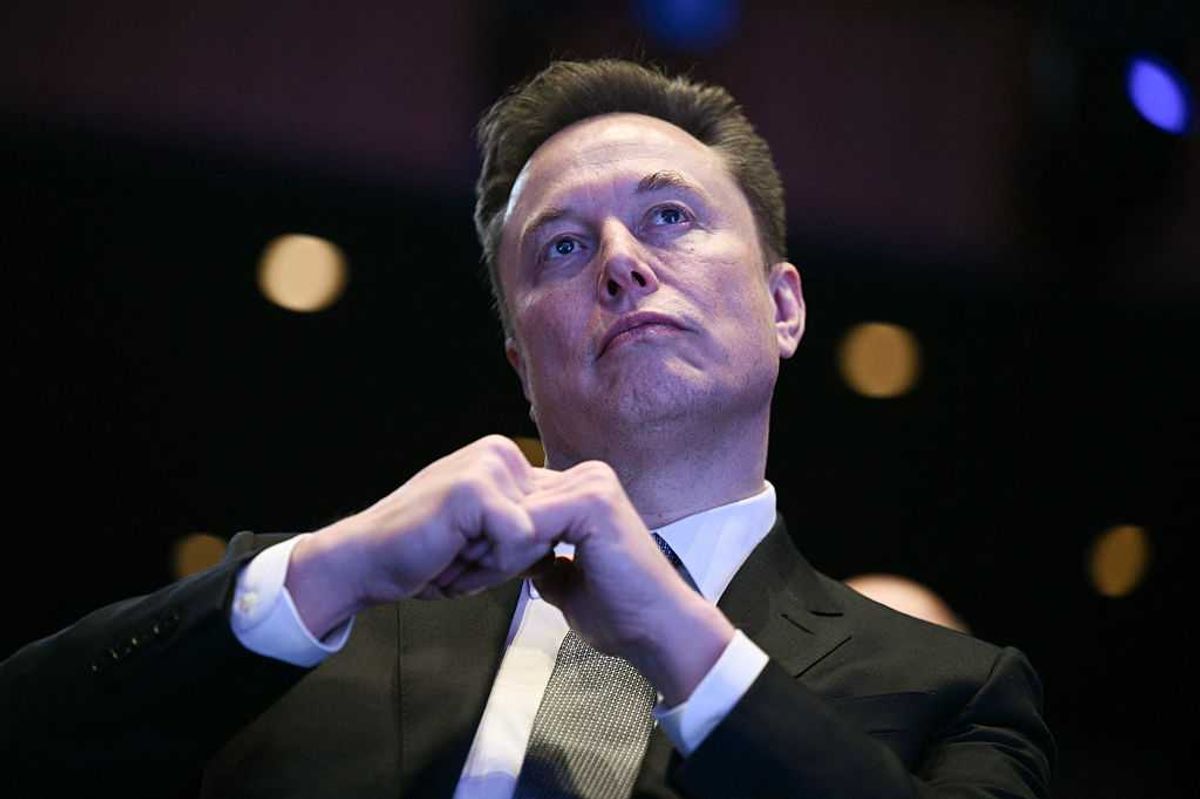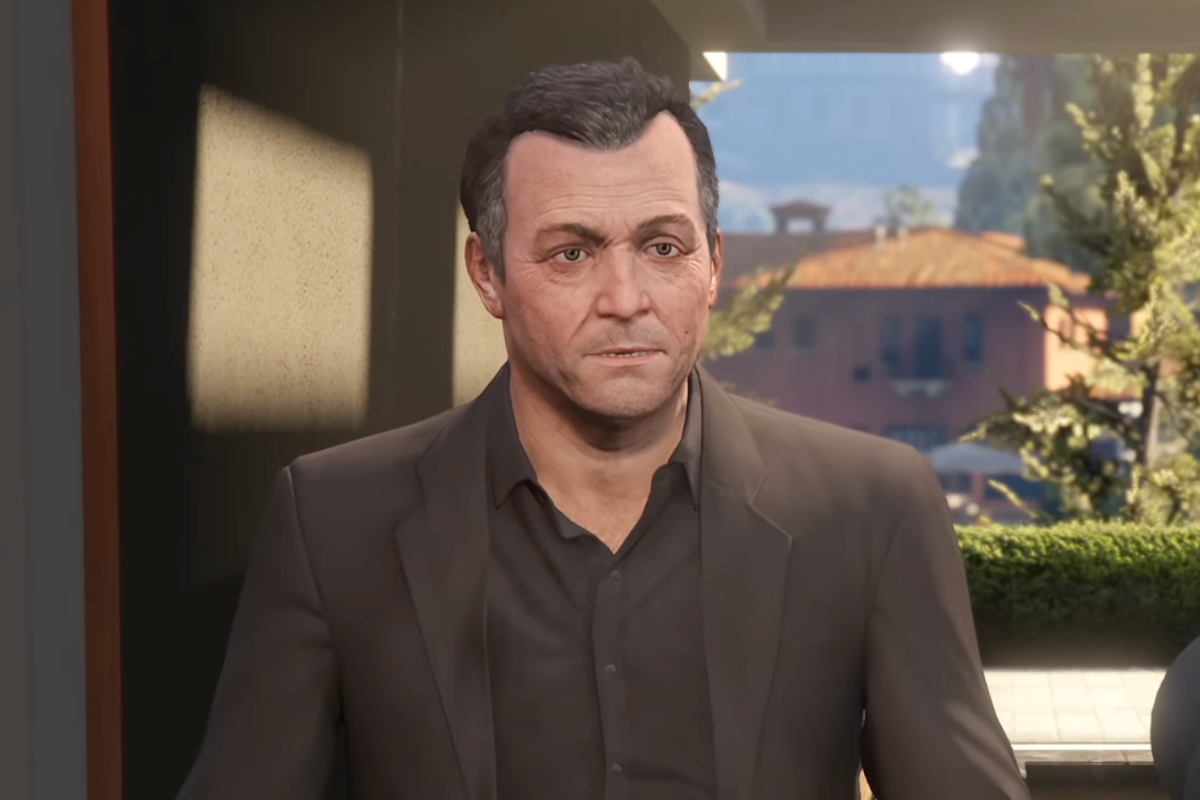Science & Tech
Catherine Shuttleworth
Apr 07, 2024
Safety Tips for Viewing the Upcoming Solar Eclipse
Cover Media - Shareable / VideoElephant
Many across North America are excited for the solar eclipse taking place on April 8, however, scientists are asking people to proceed with caution as a report suggests it could lead to an increase in fatal car crashes.
During the last total solar eclipse in North America in 2017, the United States saw a brief but significant increase in fatal crashes.
Now, ahead of Monday's solar eclipse, researchers have published a letter in the journal JAMA Internal Medicine, warning people to be vigilant.
But surprisingly, the crashes aren't actually linked to the daytime darkness caused by the eclipse. Rather, "we see a significant decrease during the single hour that involves the eclipse," co-author Dr. Donald Redelmeier, a professor of medicine at the University of Toronto, told LiveScience.
"The problem is the surrounding hours, when people are traveling to their place of observation and especially afterwards," Redelmeier told Live Science. "We're especially concerned about the drive home."
During the 2017 eclipse, the path of totality - which refers to the route the moon's shadow takes across the Earth - was narrow, roughly 70 miles (113 kilometres) wide. It's estimated that 20 million people in the United States travel to a different city to reach the path of totality.
Due to the 2017 eclipse causing such heavy traffic, Dr. Redelmeier and co-author Dr. John Staples, wanted to see if this was tied to life-threatening road accidents. They pulled data from the National Highway Traffic Safety Administration's Fatality Analysis Reporting System, and focused on the three-day window surrounding the Aug. 21, 2017 eclipse. To compare, they also looked at crash data from three-day windows a week before and a week after the astronomical event.
They also used a United States Navy calculator to determine the timing of each crash relative to the time of maximal eclipse.
Overall, the eclipse was tied to a 31 per cent increase in fatal crashes, compared to the two comparison time windows. The increase is in line with what's seen around Thanksgiving and July 4th.
Essentially, around the eclipse, 10.3 people were involved in fatal crashes per hour, compared with 7.9 people per hour on the comparison days. "This averaged to 1 extra crash-involved person every 25 minutes and 1 extra crash fatality every 95 minutes," the researchers wrote.
Redelmeier said the bumps in risk were higher in places with clear skies, which may be explained by people congregating under clear skies to view the eclipse.
Ahead of the April 8 eclipse, Redelmeier said, "Our takeaway is to recommend all the standard safety strategies — they really do work."
These measures include adhering to speed limits, minimizing distractions while driving, signalling turns and lane changes, and wearing seat belts.
Sign up to our free Indy100 weekly newsletter
Have your say in our news democracy. Click the upvote icon at the top of the page to help raise this article through the indy100 rankings.
How to join the indy100's free WhatsApp channel
Top 100
The Conversation (0)














